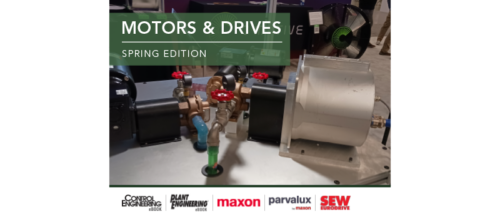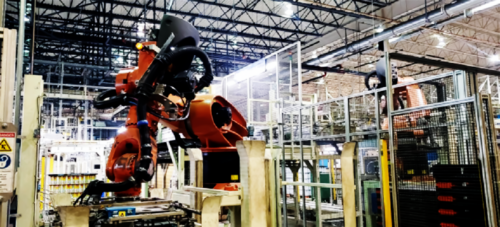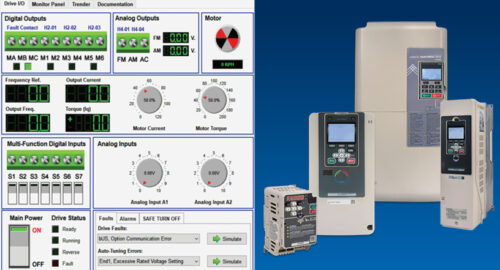Sensors Expo 2004: Delphi CTO says computing power drives sensor, actuator demand
Detroit, MI—Continued expansion of computing power is fueling the need for more sensors and actuators, said Donald Runkle, Delphi Corp.’s vice chairman and CTO, in his June 8 keynote address at Sensors Expo and Conference 2004.
Detroit, MI— Continued expansion of computing power is fueling the need for more sensors and actuators, said Donald Runkle, Delphi Corp. ’s vice chairman and CTO, in his June 8 keynote address at Sensors Expo and Conference 2004. A 1999 spin-off and IPO from General Motors, Delphi shortened its name from Delphi Automotive in 2002 to emphasize efforts to expand its business beyond cars.
Consumers continue to demand more computing capabilities, he adds, though all these technology applications also must be desirable and usable. In fact, Runkle notes that he recently tossed out a wireless network at his home, in a apparent bout of installation frustration.
“A great deal of our lives are controlled by electronics,” says Runkle. Spread across many industries, sensors enable a wide range of interactions, from preventing washing machines from walking out the door when loads are unbalanced, to ensuring safe airbag deployment.
Delphi has 188,000 employees, including 5,000 electronics and software experts and 172 manufacturing plants. It also continues to expand, including 15% annual growth in non-GM-related business in recent years.
However, business improvements don’t happen solely by being lean or via cost reductions. Business improvements require attention to performance and processes, in continuous efforts to remove waste. On the technology side, Runkle says that, “We’re reaching unlimited computing power, memory, and bandwidth. Sensors will need to feed that awesome power,” and drive “benefits… and profit streams… that we’ve never thought of before.” He adds that the best advances made in collaboration with customers.
Delphi makes 52 million micro-electromechanical systems (MEMS) per year, and 1 million integrated circuits per day, to help fuel the 1/5 of vehicle content that now includes electronics. Indications of future growth include regulatory (emissions and fuel), safety, convenience and entertainment applications. On the safety front, the U.S. National Highway Transportation Safety Administration last week mandated head protection by 2009, and 85% of car buyers now identify safety as a new-car consideration, up from just 68% a few years before, he adds. Sensors play a critical role in these efforts by verifying that control systems and diagnostics are working.
What’s in the sensing industry’sexchange info with home-based computers; more satellite-based entertainment; better medical and homeland security sensors; and automated shut off of gas valves in case of earthquakes or other disasters.
Control Engineering Daily News Desk
Mark T. Hoske, editor-in-chief
MHoske@cfemedia.com
Do you have experience and expertise with the topics mentioned in this content? You should consider contributing to our CFE Media editorial team and getting the recognition you and your company deserve. Click here to start this process.





